My love affair with gloves began shortly after my husband and I joined a re-enactment group who dressed in 1800’s period attire. While looking for ideas for clothing I came across a picture of an outfit that stopped me in my tracks. What was so stunning? Her gloves! This lady’s gloves were the richest shade of purple (the Victorians would have called it “aubergine”) that I had ever seen. They were the perfect finishing touch to her ensemble. This set me on the journey to learning how to dye accessories, but that is fodder for another article, and today we will focus on the gloves themselves.
Gloves were originally worn by men only. They were worn for hunting, hawking and fighting. They were also worn by kings in coronation ceremonies, and became a symbol of pomp and royal events. Highly decorated, embroidered, and fringed, it wasn’t long before this accessory caught the eyes of the royal ladies who then made them their own. It was said that Catherine de Medici of France was the first queen to challenge the exclusive right of kings to wear gloves. She made gloves an important fashion accessory for ladies. Her own gloves were reported to be “highly perfumed, lavishly decorated, and cut from such fine leathers and fabrics that they could fit into a walnut shell.” Today gloves are still considered an important accessory associated with special events or occasions.
Our method of measuring the length of gloves comes from France. We refer to 4-button, 8-button, etc. to designate how far the glove extends beyond the wrist. Early French gloves were fastened with buttons placed about an inch apart, so a 4-button glove extends up the arm from the wrist about 4 inches. Today gloves often have no buttons, but we still use the button term to designate the length of the glove.
Now that you know how to how to specify glove length, what is the etiquette for wearing them? With gloves, you should consider the material, color and length. While there are no set rules, you should exercise some sense about appropriateness – you wouldn’t wear satin gloves to go to the supermarket for example. In general, leather gloves pair well with wool outfits, and lace or light fabric with a summer dress. If you are a traditionalist, black, white and beige are always in fashion. Beige especially is versatile and comes in a fairly wide range of shades from sand to chocolate. Victorians loved color, and if you are dressing in period attire, feel free to experiment with bold colors that coordinate with your outfit.
The general rule for length is the longer the sleeve of your garment, the shorter the glove should be. In no case should the glove be worn over a sleeve, but rather tucked underneath. If you are wearing a formal gown that is sleeveless, or has very short sleeves, you will want to wear either very short – wrist length – or very long gloves – past the elbows. In Victorian times, no skin was to show, so gloves were always of a length to make up for any shortfall in the length of the sleeves.
Do not eat, drink or smoke with gloves on. If you wear gloves to an event where food is served, you should take them off during the meal. An exception would be if you were wearing long gloves with the buttons at the wrist. In this case, you should slip your hands out of the gloves, and tuck them up into the sleeve of the glove for the duration of the meal. Don’t apply makeup with gloves on. Don’t wear jewelry over gloves, with the exception of bracelets. Do plan to wear gloves when going to tea, and for outdoor activities like garden parties and receptions, or other special events.
There is evidence that Victorian ladies did sometimes wear fingerless gloves, and there still exist patterns for knitting them. Fingerless gloves are much more convenient if you are doing an activity that requires dexterity. The Victorian patterns for fingerless gloves are truly that – there is a separate, partial “finger” for the thumb, but the rest of the glove simply stops after covering the palm and back of the hand, so there is no material between the fingers for even a short distance.
Research is mixed on the etiquette of wearing gloves to shake hands. Some sources state that only the Queen may shake hands while wearing gloves, and everyone else must remove them. Others say to keep them on while shaking hands – for example the wedding party in a receiving line is to keep their gloves on while receiving guests.
In Victorian times, ladies had a “language of gloves”, which was similar to the secret “language of the fan”, whereby they could communicate without speaking. Some of these “signals were: Twirling one’s gloves around the fingers – We are being watched. Holding the tips of the gloves downward – I wish to be acquainted. Tapping one’s chin with her gloves – I love another.


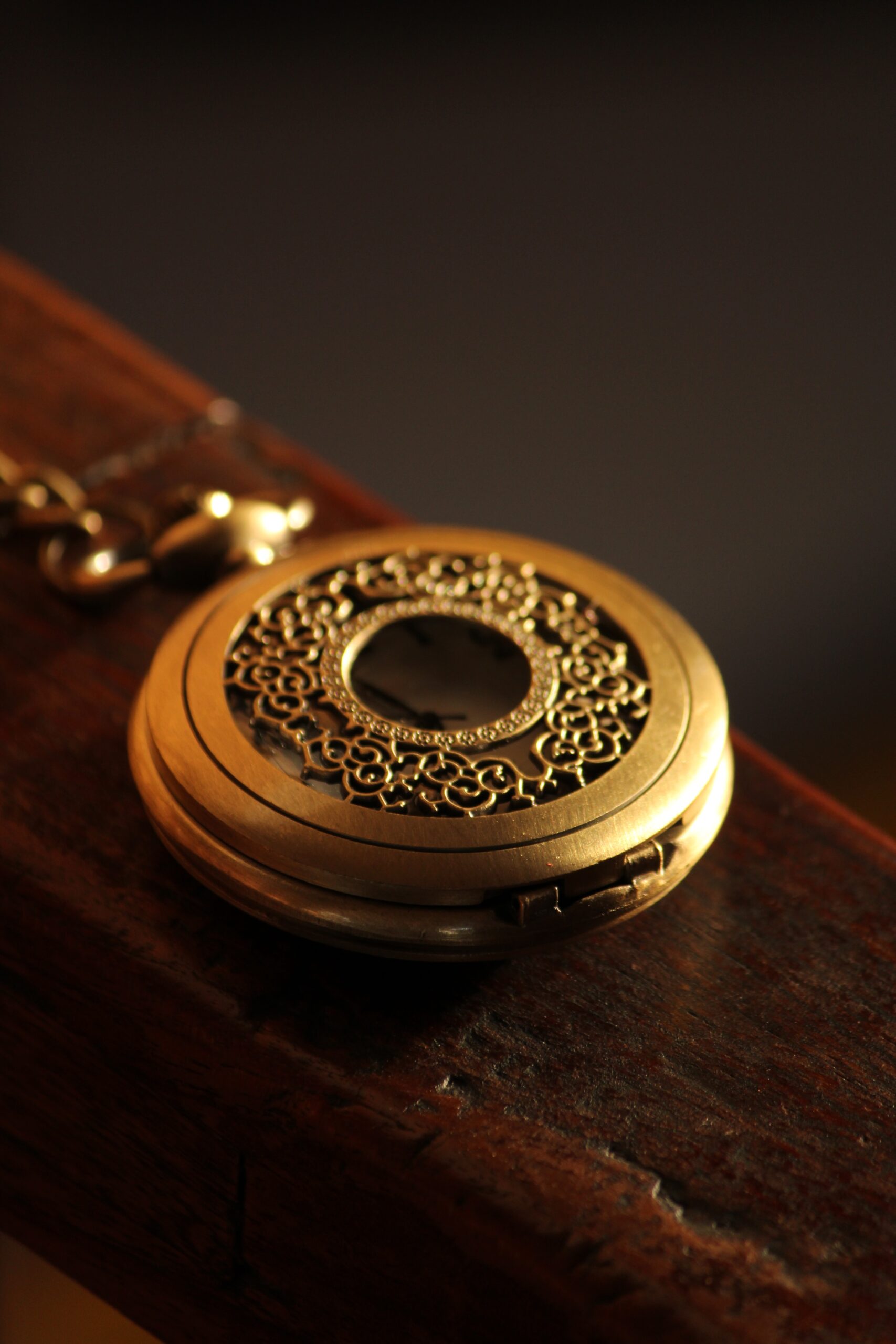
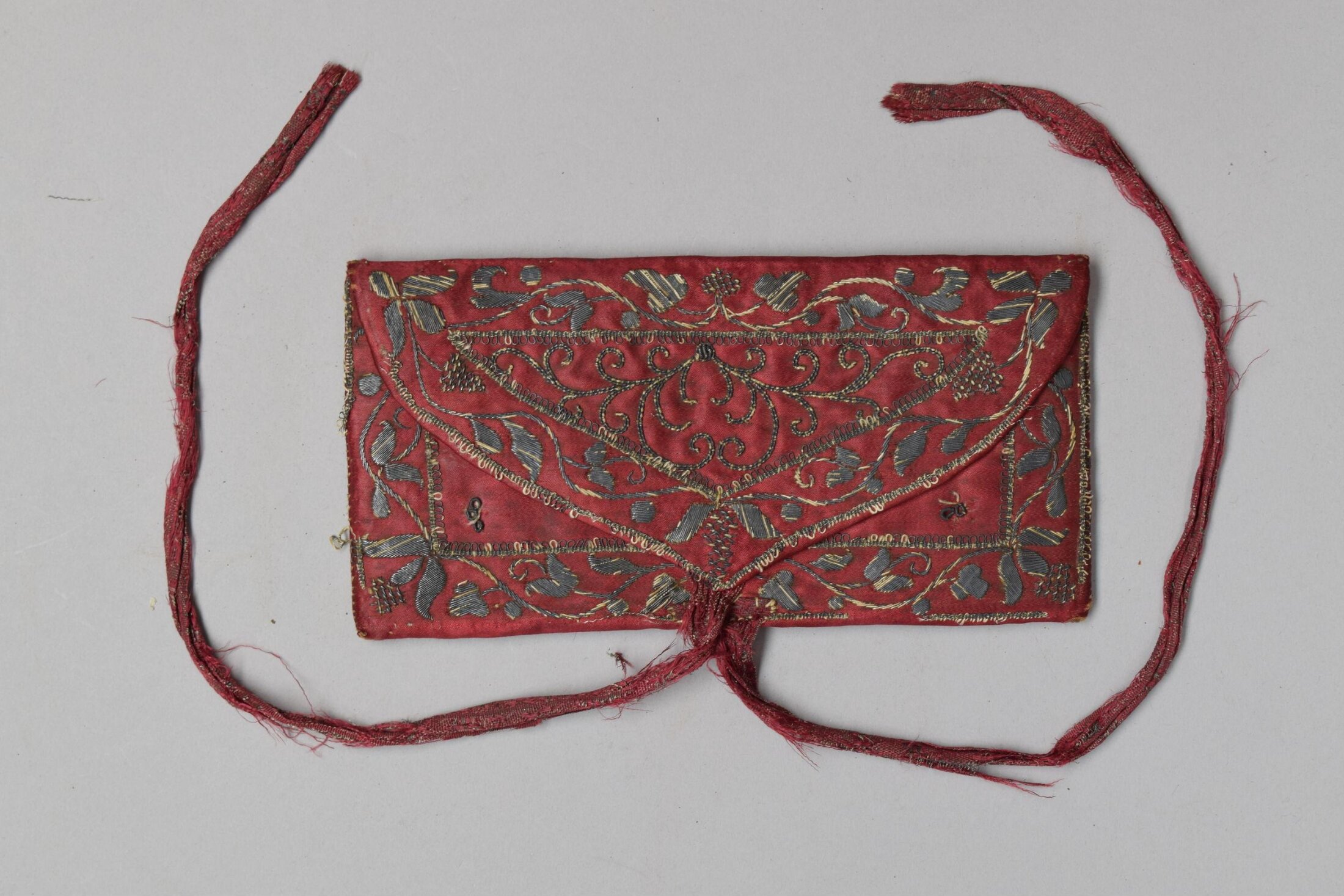
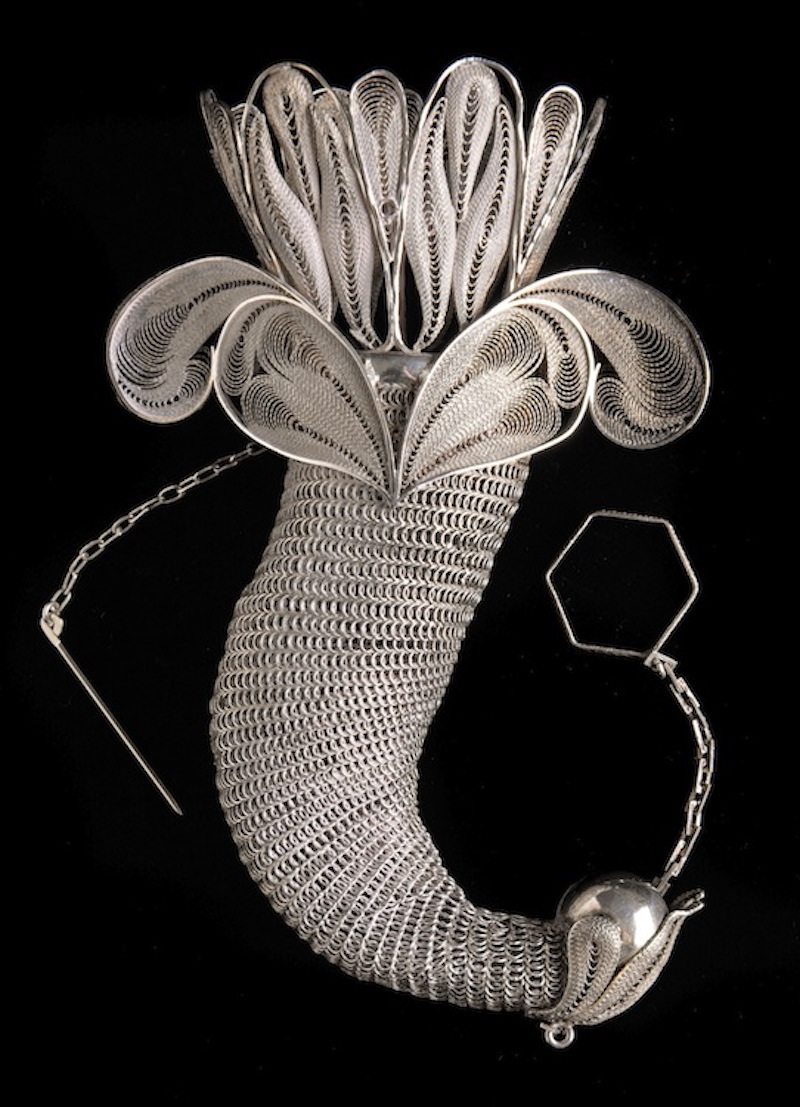
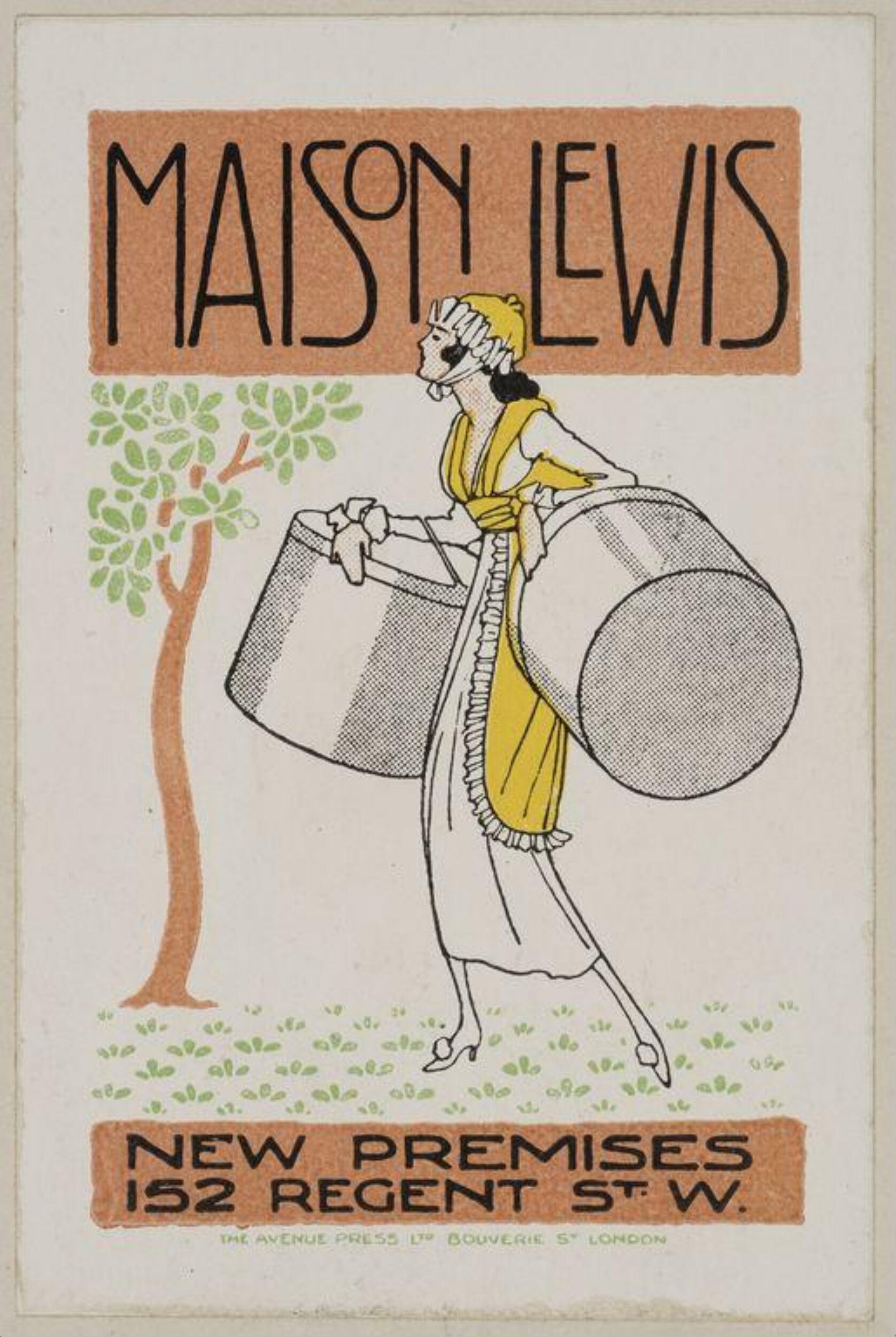

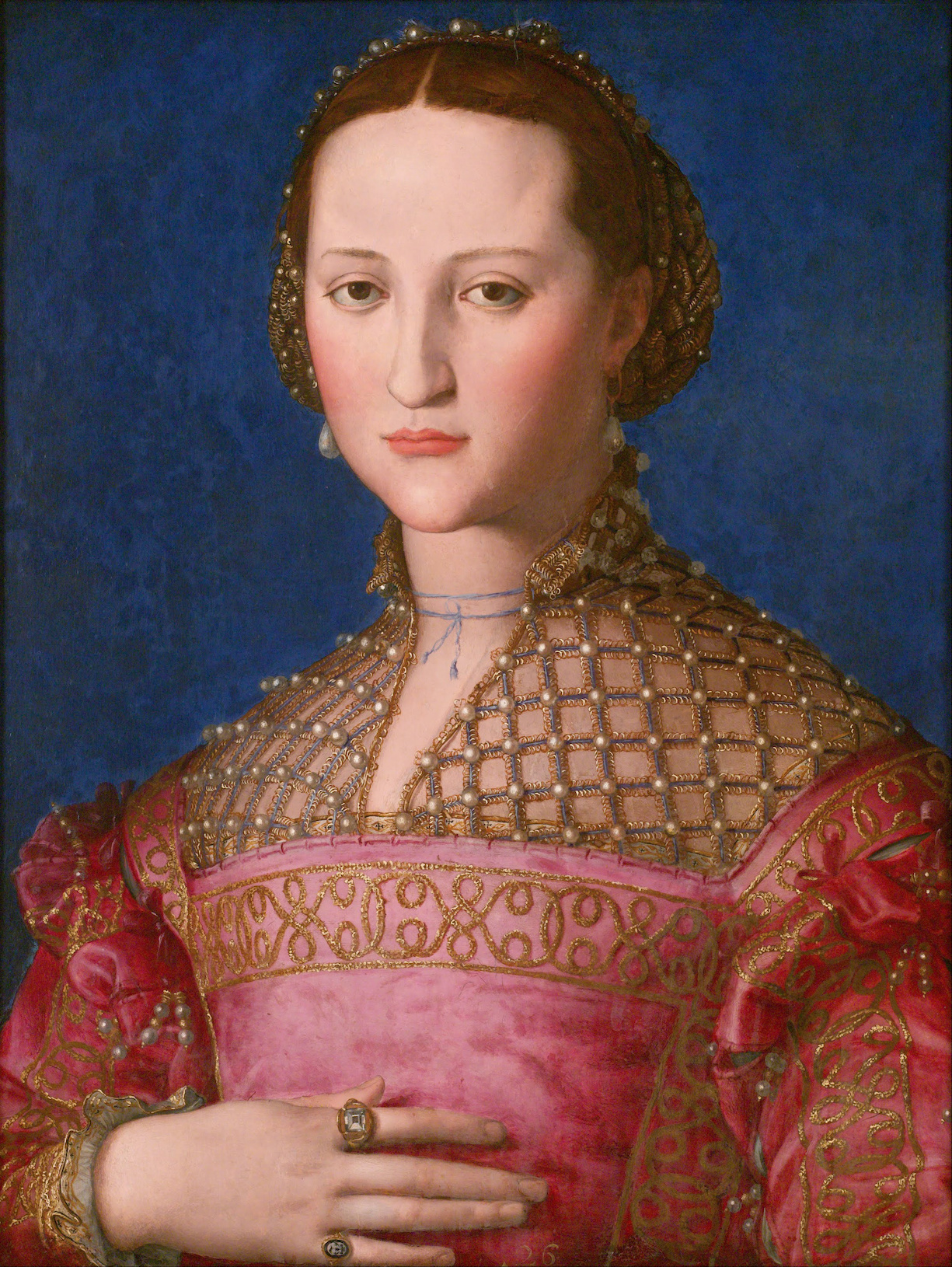
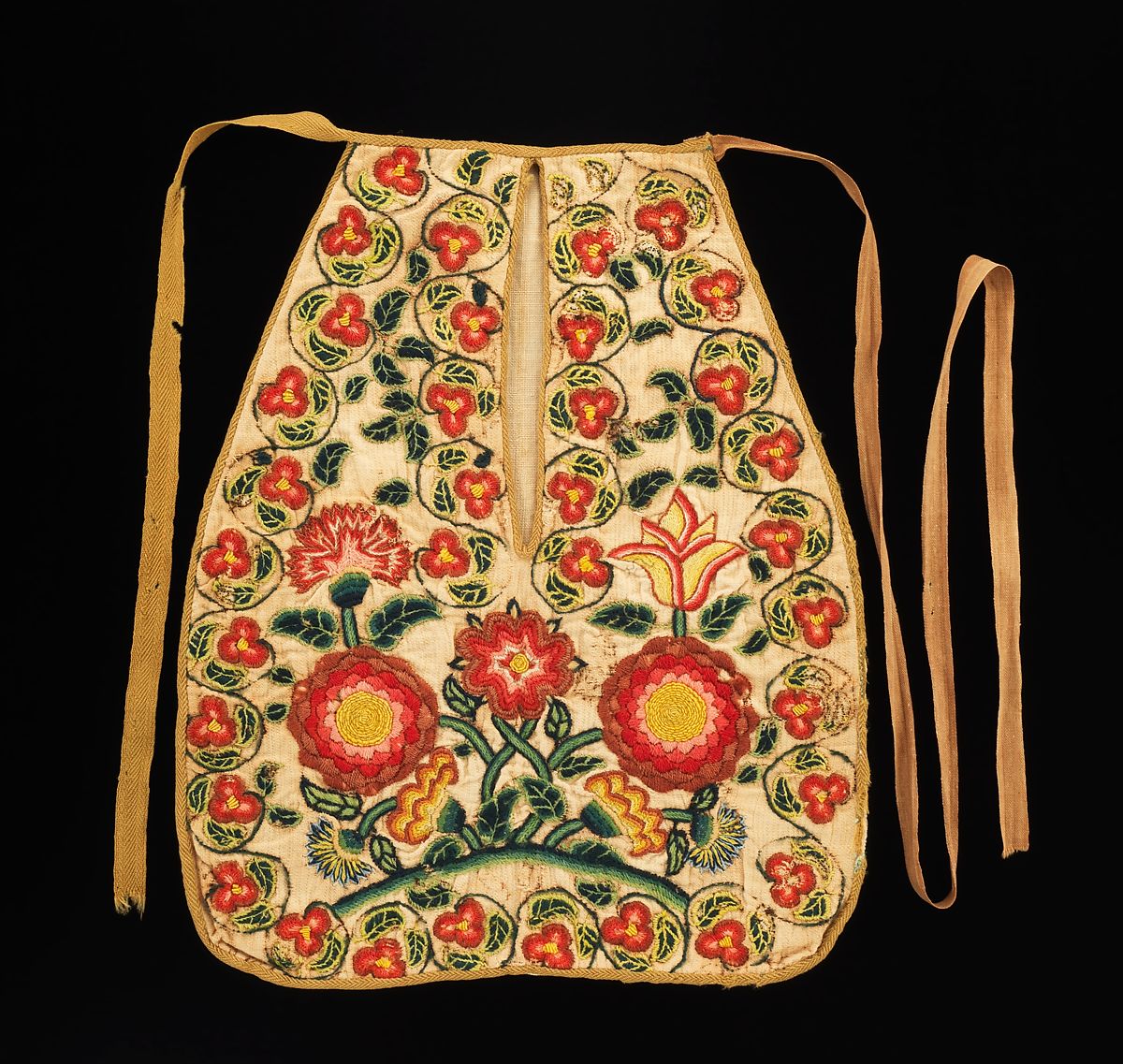
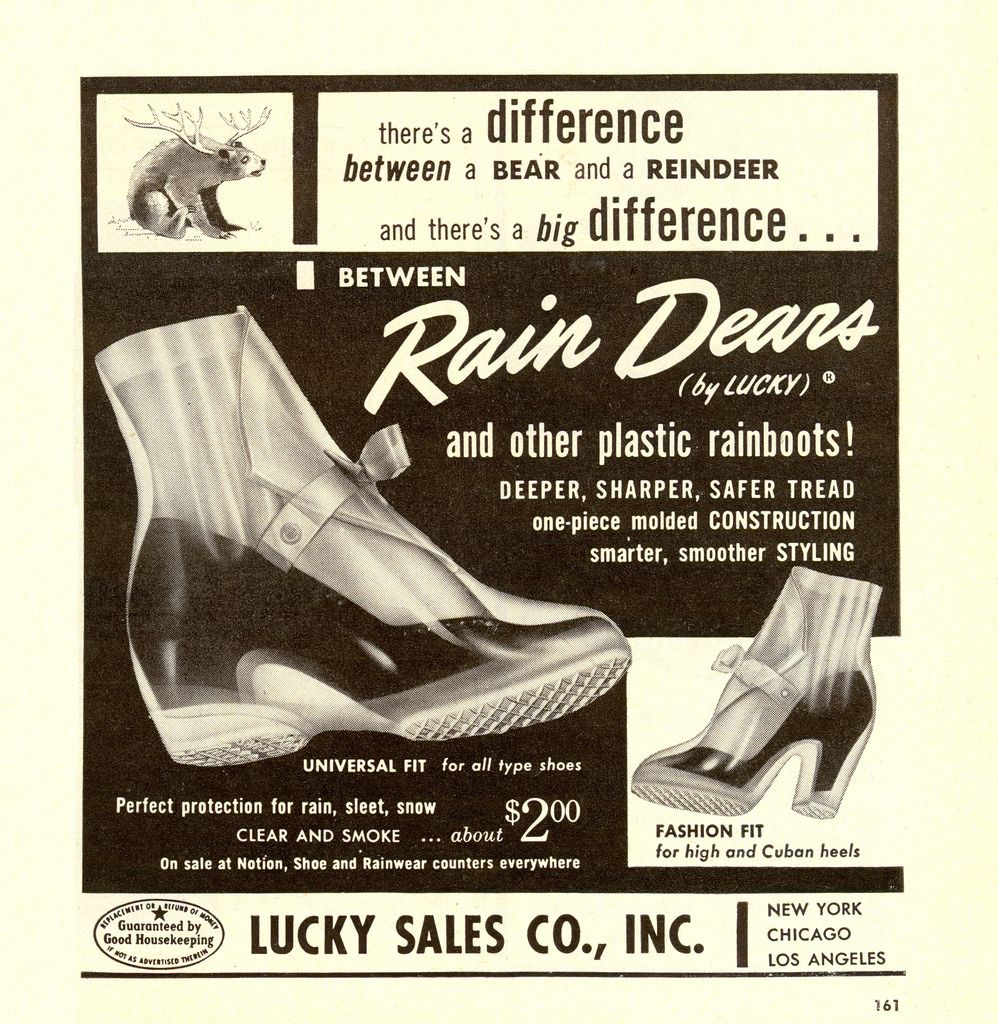
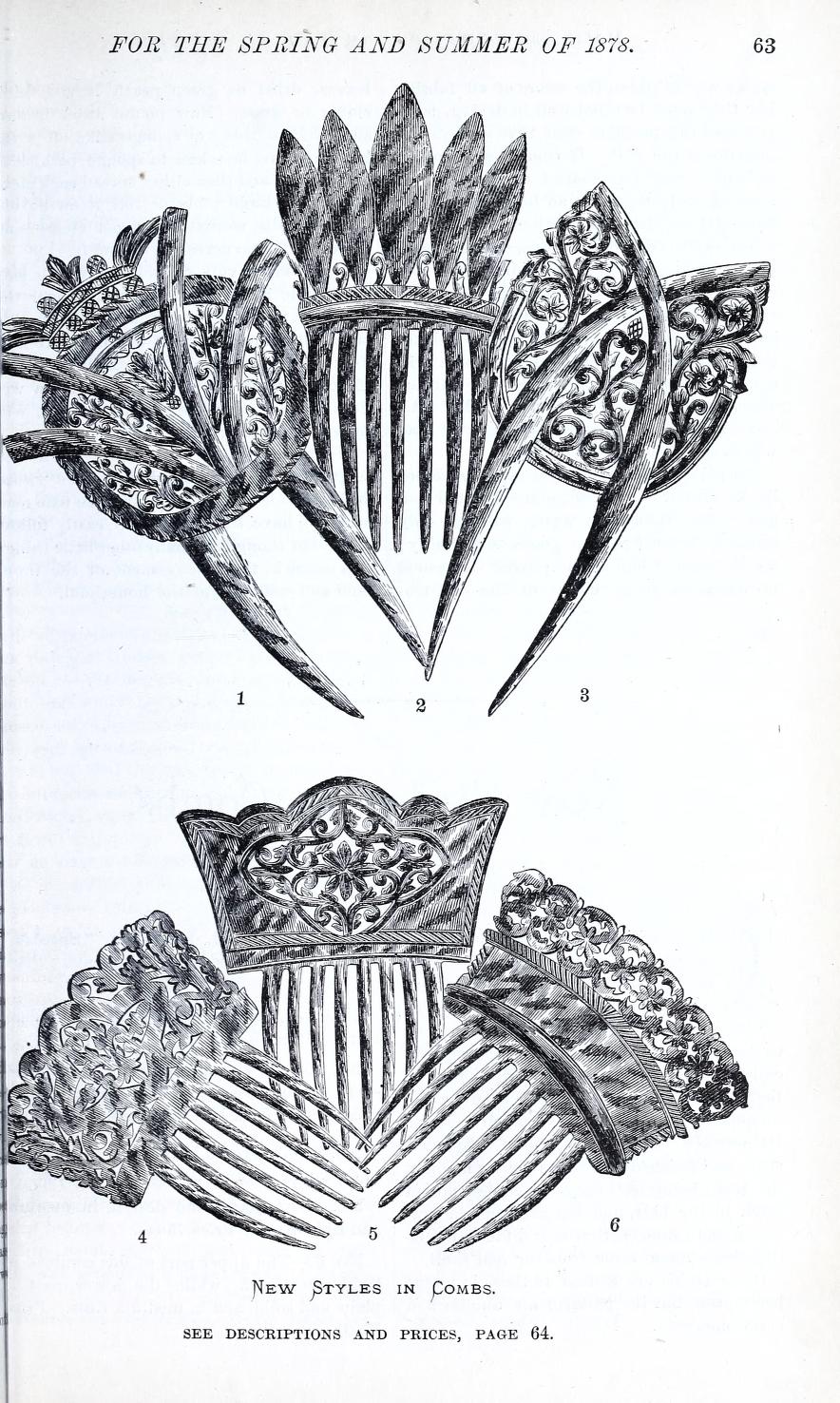
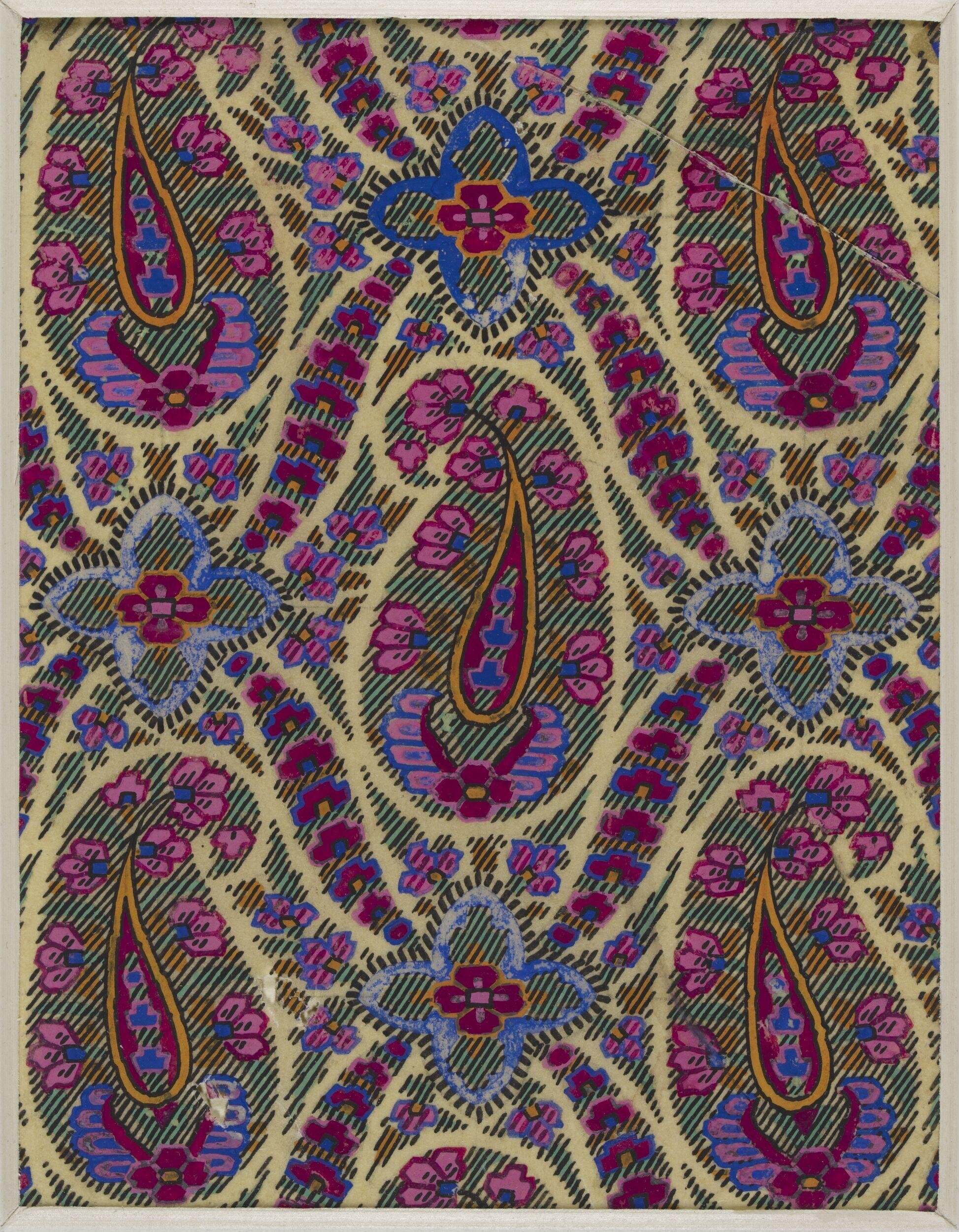
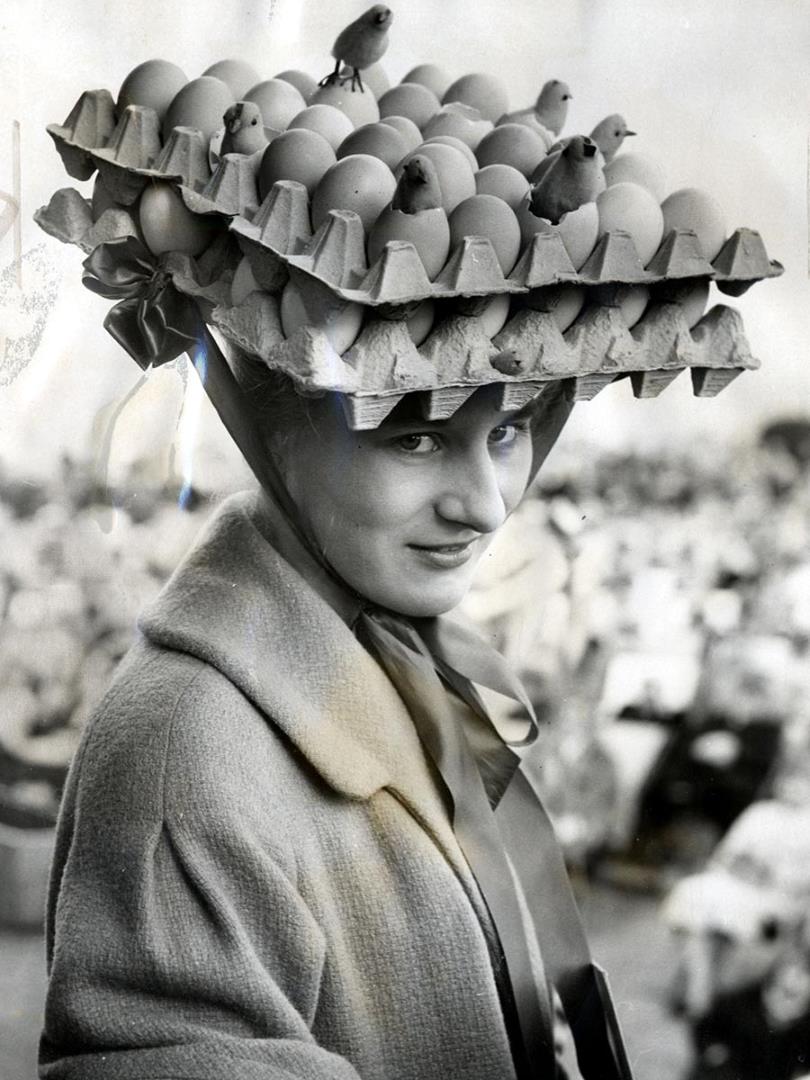
Leave A Comment